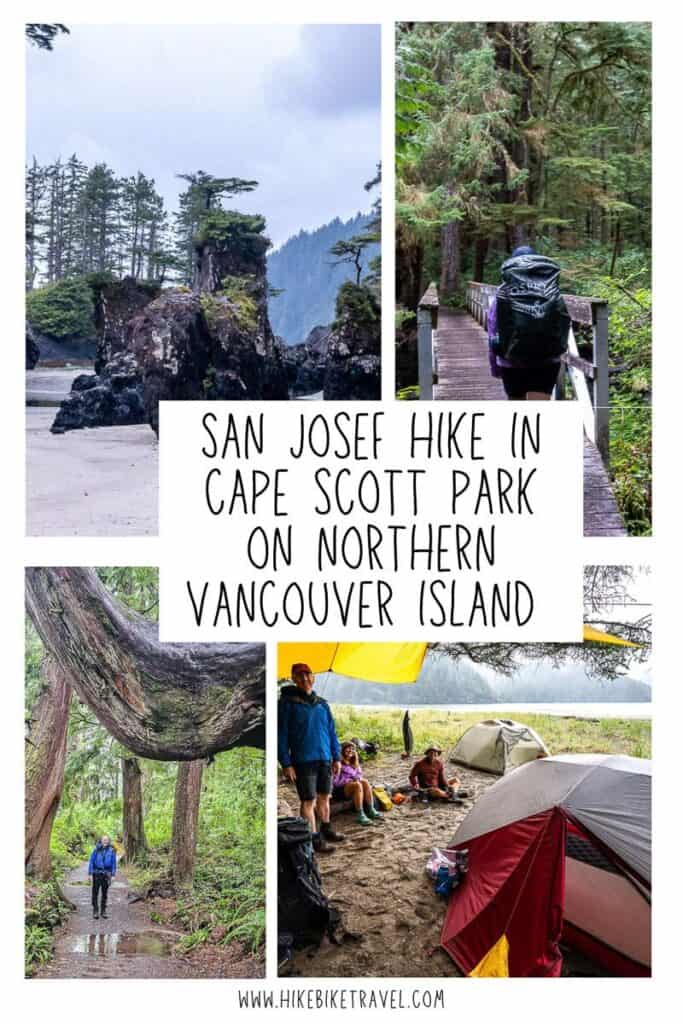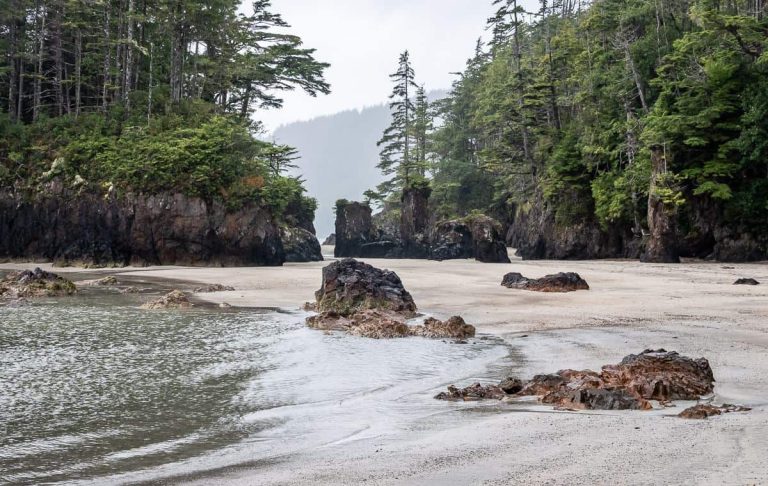St. Joseph Bay is a very easy hike. Both day hikers and overnight campers will enjoy walking a wide gravel trail through the temperate rainforest near the northern tip of Vancouver Island. You can even push a stroller or pull a wagon with your gear! There are no problems finding the trail as the only intersection is well marked.
Along St. Joseph Bay, you'll find massive trees including a Western Cedar and a Sitka Spruce that will make you stop and walk. Once you reach the beach, if you're visiting at low tide, explore the tide pools, wander among the stunning sea rock piles, and marvel at some of the small caves.
Enthusiastic hikers can test their courage on a 6 km return hike from the western end of Second Beach to the summit of Mount St. Patrick, which reaches a maximum elevation of 416 metres (1,365 feet). The trail offers technical terrain, plenty of mud and a unique high-altitude bog. From the summit, it is said, you can see the wind turbines of the Cape Scott Wind Farm, Sea Otter Cove and Helen Islands.
Although the drive to the trailhead can be arduous, the St. Joseph Bay area is very popular—mainly because the drive is easy, and the area is beautiful. It’s also a great place to camp, especially for families with young children. I’m glad I got to try it, though my personal preference will always be the wild, little-visited white sand beaches along the North Shore and Cape Scott trails.
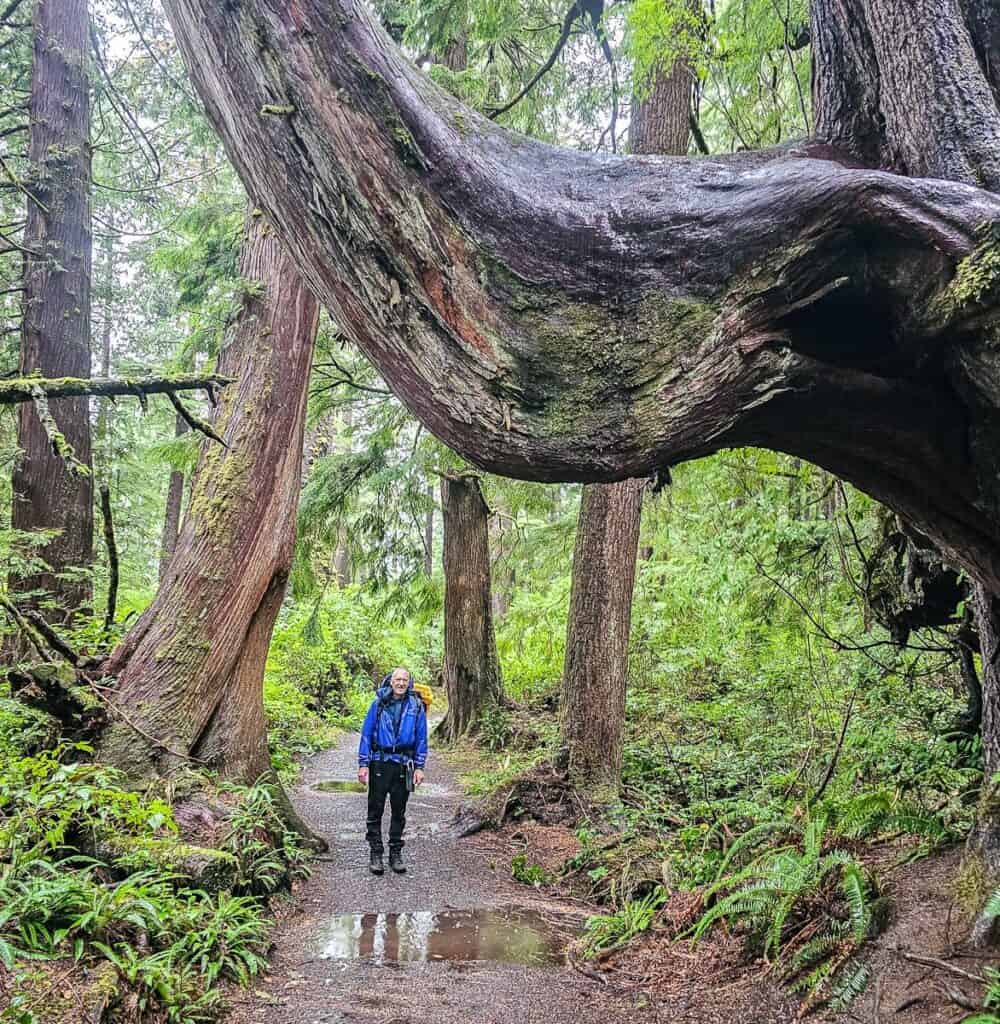

St Joseph Bay Trip Summary
distance: 5.0 km round trip.
Difficulty level: Easy and family friendly.
Time required: 45 minutes each way to the parking lot.
When to visit: Cape Scott Provincial Park is open year-round but you'll find the best weather windows and warmest temperatures in the summer.
Camps: See below. First come first served. Avoid long summer weekends as they are very crowded.
Dogs allowed: Yes, on a leash but best left at home due to wildlife.
Wildlife: You may see black bears and wolves while hiking in St. Joseph Bay. Carry bear spray easily accessible. Learn what to do if you encounter one. bear Or a wolf.
Don't forget: Pack of 10 Hiking Basics – Even for this short trip.
waste: St. Joseph Bay is so heavily used because it is so easy to get to. Unfortunately, many visitors leave piles of trash in the bear-proof containers and along the beach. We saw this firsthand when we met a ranger carrying a huge bag of trash into the parking lot. Please!!! Practice this. Leave no trace Principles. We all want to visit a clean beach and enjoy litter-free campsites and toilets.
Hiking tours: Payment Gulf Adventure Tours. The price includes transportation from Port Hardy to the trailhead.
Tide charts: Verify Tide tables for Cape Scott To time your visit with low tide.
swimming: Beware of strong currents. See photo below.


Getting to the starting point of the St. Joseph Bay Trail
There are two ways to get to the start of the St. Joseph Bay Trail – drive or take a minibus from Port Hardy with Water Taxi in Cape ScottMost people choose to drive but be careful as the active logging road leading to Cape Scott Provincial Park can be rough and muddy. It is not suitable for RVs, vans or rental vehicles.
If you're driving from Campbell River, head toward Port Hardy on Highway 19, about 225 kilometers north. Allow about 2.5 hours to reach the turnoff. There aren't many passing lanes and it's easy to get stuck behind slower moving vehicles. Be patient.
Before you reach Port Hardy, turn left onto Holberg Road – a logging road accessible by 4×4 – but be careful not to overtake it and watch out for logging trucks. Always yield to the logging truck – it has the right of way and is much larger than you.
From the turnoff to Port Hardy, it is 46.6 km to the community of Holberg, a logging camp and former Canadian Forces base. It will take you about an hour to get here. If you forget fuel or food, visit Holberg pit stopThere is also a liquor store on site.
Continue through Holberg and follow the main Forest Service road to St. Joseph. Look for signs directing you to Cape Scott Provincial Park – 19 km away. There is a large gravel parking lot and a well-marked hiking trail in St. Joseph Bay near the refuge. Allow at least two hours to get here from Port Hardy.
advice: Fill up your car's gas tank before you set off, this is not a road to run out of gas.
St Joseph Bay Trip Description
Start your hike to St. Joseph Bay from the northwest corner of the parking lot. You will walk through a temperate rainforest filled with shades of green. Look for a large, old cedar tree on the right side of the trail as you walk.
At 1.0 km, you will reach a signposted intersection. Turn left to stay on the St. Joseph Bay Walking Trail. Again, look for some large old trees in the area including a huge red cedar. Before crossing a well-built bridge, take a look at the interpretive sign describing the Henry Olsen Store and Post Office.
After crossing the bridge, notice a wonderful collection of tangled roots of three trees, the result of a tree trunk. It's a wonderful sight! After crossing another bridge, you'll be within walking distance of St. Joseph Bay. Enjoy the beach and the sand dunes in the sea.
If you go left, you can explore the mouth of the San Josef River, but it was raining when we were there, so we avoided going there. For camping, go right and start looking for unoccupied campsites – preferably surrounded by trees so you can put up a tarp.


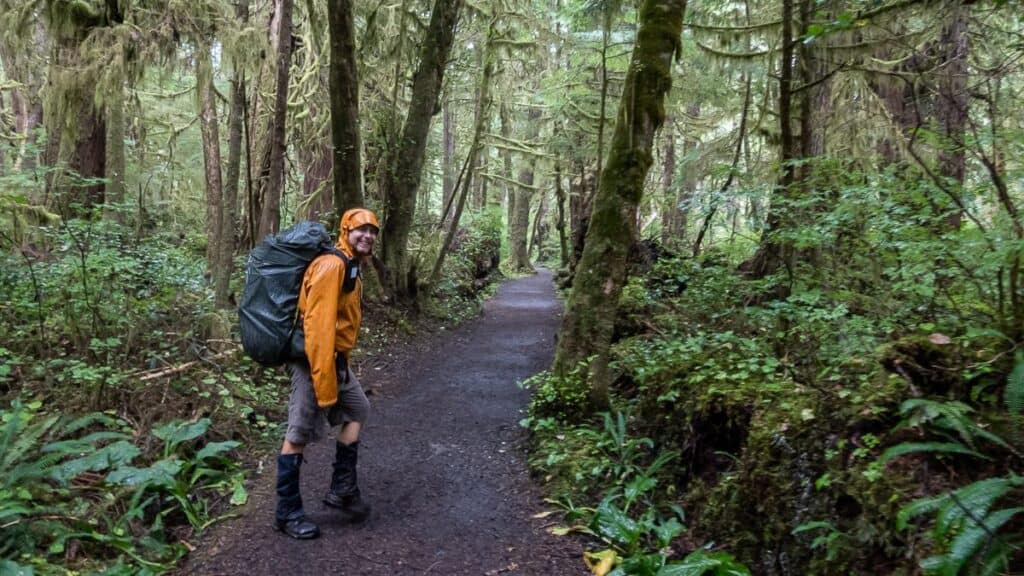

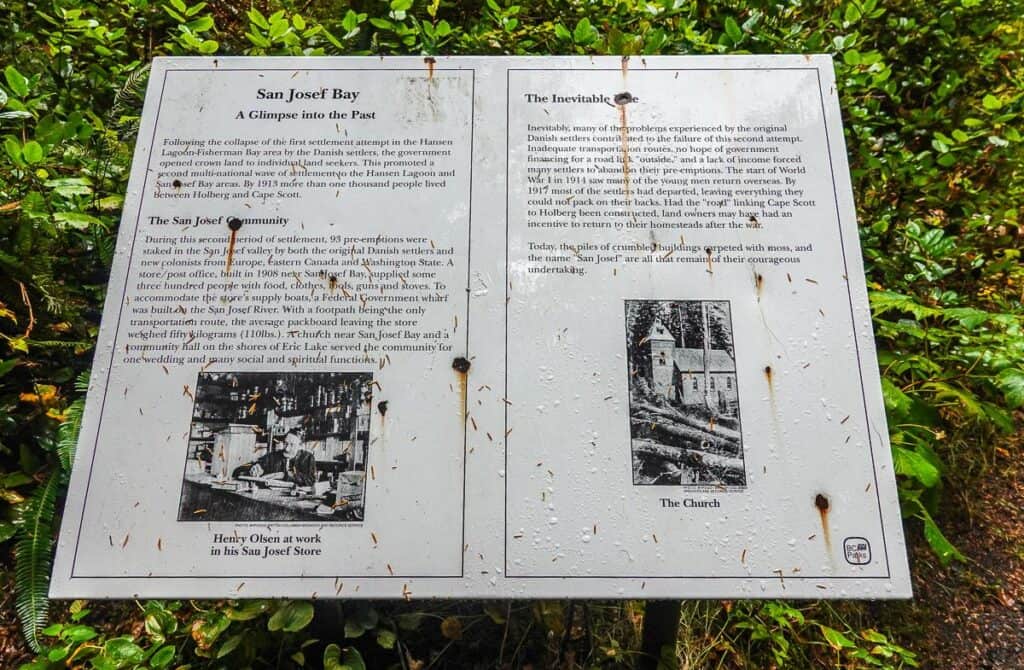

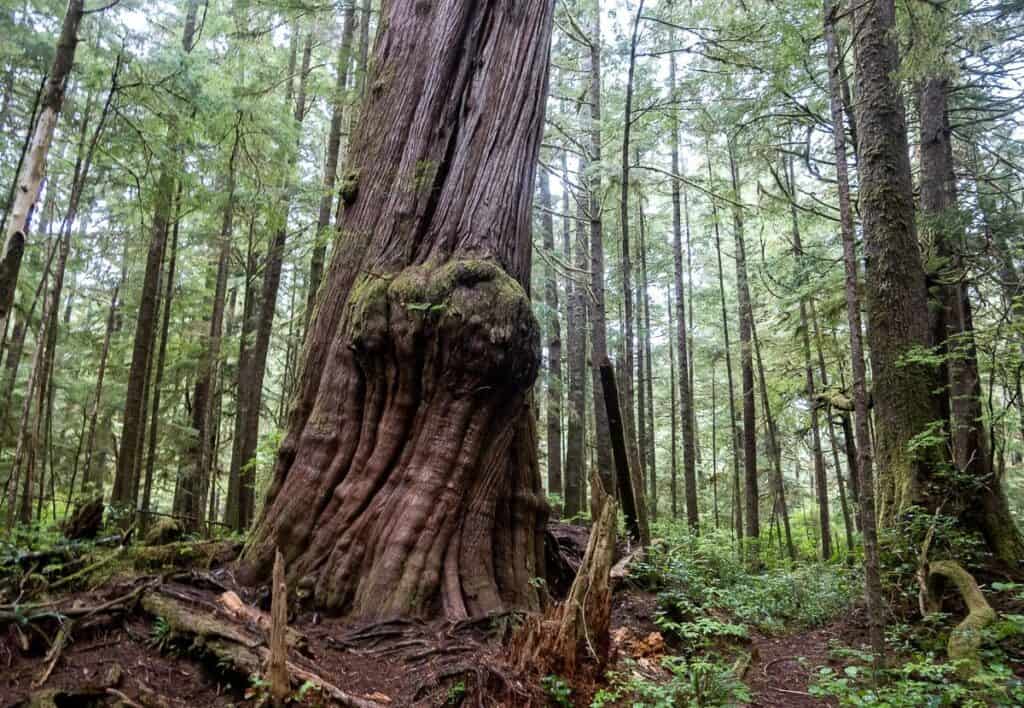

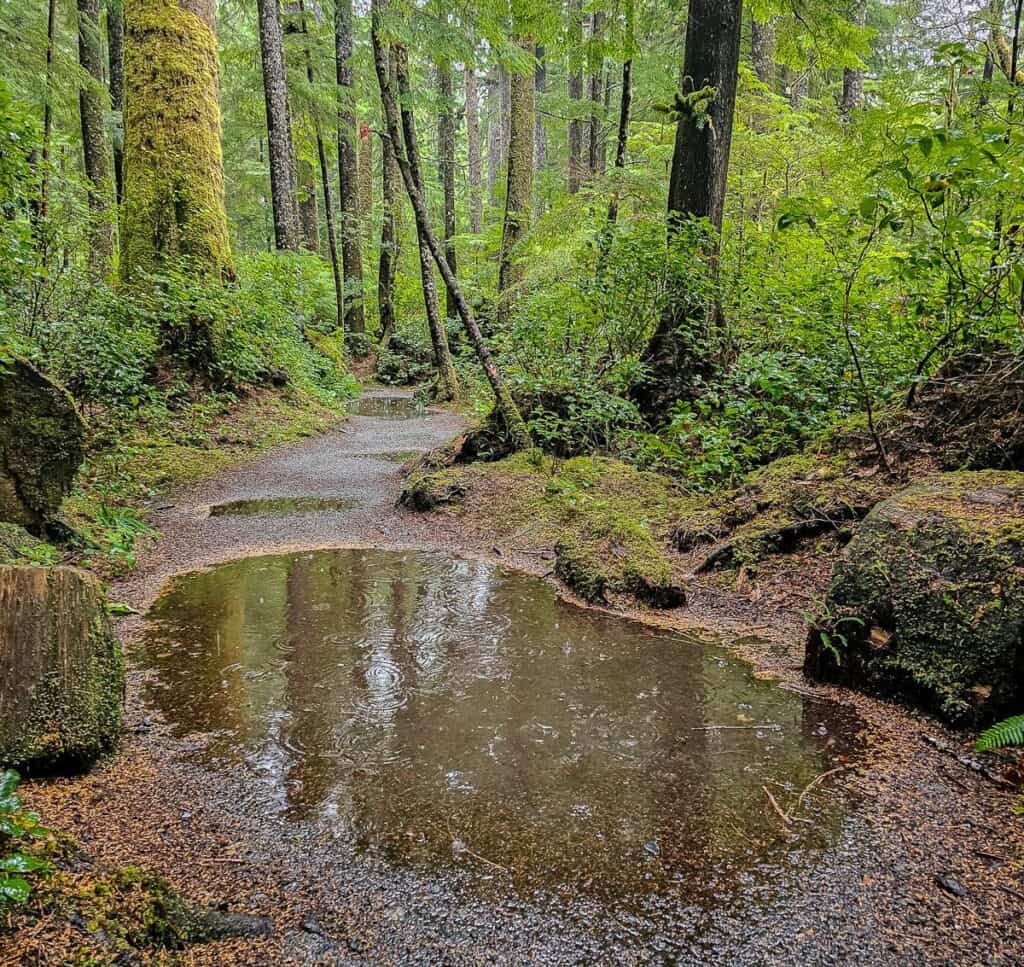

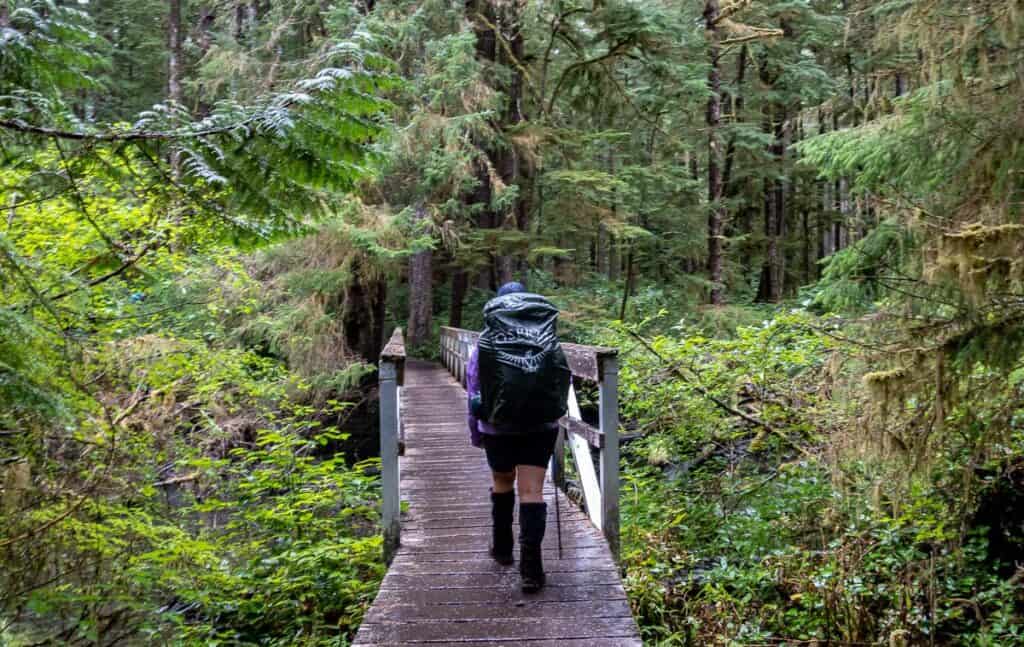

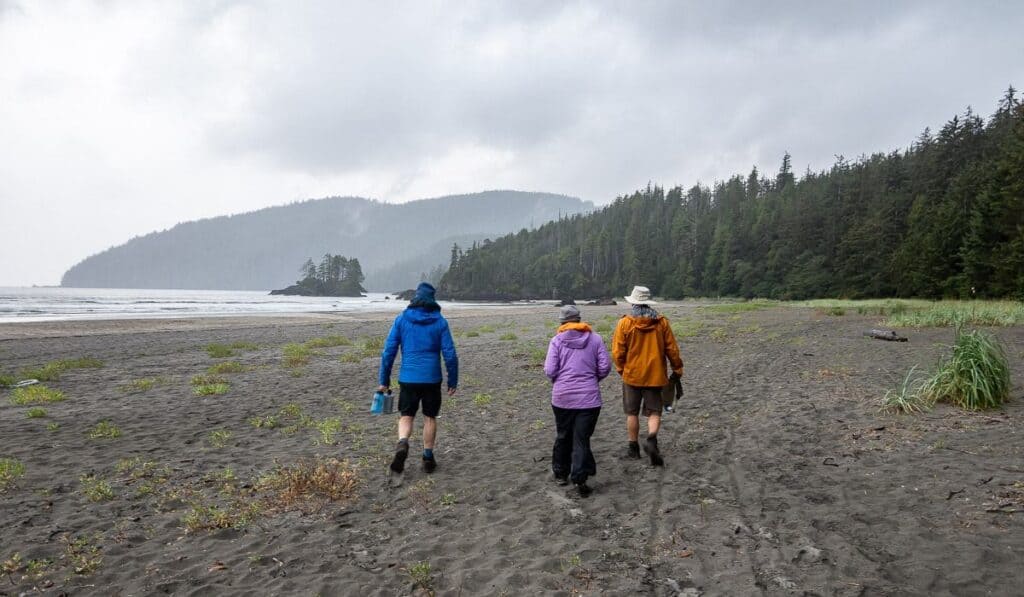

Camping in St. Joseph Bay in Cape Scott Provincial Park
Reservations: You don't need anything, but you do need to British Columbia Park Permit (Click on remote areas And then Registration in remote areas) Between May 1 and September 30. The price is $10 per adult and $5 per child per night.
Camps: There are two campgrounds – First Beach and Second Beach Campgrounds. First Beach is easy to get to as it is located at the end of the road. Second Beach can be a challenge – it is Only one has a water source..
First Beach Camp
Camps: There are several campsites hidden among the trees along the beach. If it's windy or rainy, the best spots are down the beach closest to the sea stacks. Don't forgetOne or two tarpaulinsAnd the rope.
Food storage: There are at least four sets of bear-proof lockers. Don't leave anything behind.
water: None. Bring what you need, otherwise you will have to go to Second Beach Campsite which is not easily accessible at high tide. Any river or body of water you see between the parking lot and the campground is salt water only.
toilets: Look for at least three outdoor toilets – all of them have toilet paper in the forest.
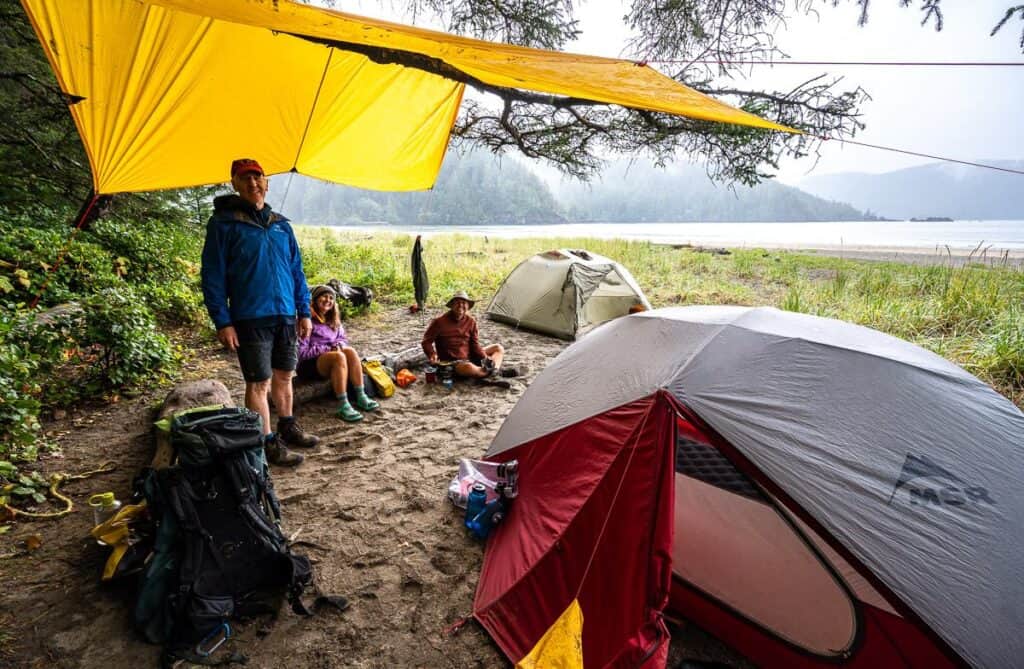

Second Beach Camp
There are two ways to get to Second Beach Campground depending on the tide. If the tide is less than 1.7 metres (5.6 feet), you can walk to the beach by heading towards the sea stacks and continuing around the headland – the beach will be visible. If you can time your arrival at low tide, this is definitely the way to go.
Otherwise, you will have to make a short but strenuous hike up a side path reminiscent of the North Coast Path. The path is located behind the first small island in the valley. It is very steep and you will need to use ropes in place although the highest point is only 40 meters or 131 feet above sea level.
Continue through thick vegetation and mud and drop down to the beach at the back of the tidal channel. Continue along the coast to the right past more rocks to reach the campsite. Look for sites above the high tide line among the driftwood.
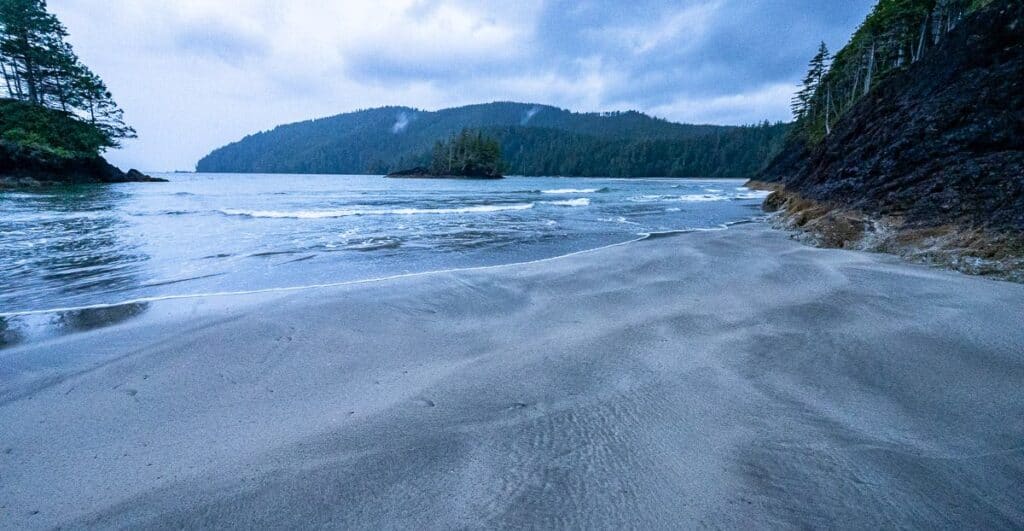



Pictures of the sea chimneys in St. Joseph Bay
We didn't start exploring the sea stacks until after dinner – by then it was raining heavily and the light was starting to fade. However, it's a beautiful area and you could easily spend an hour or two wandering around, especially if you're a photography enthusiast.
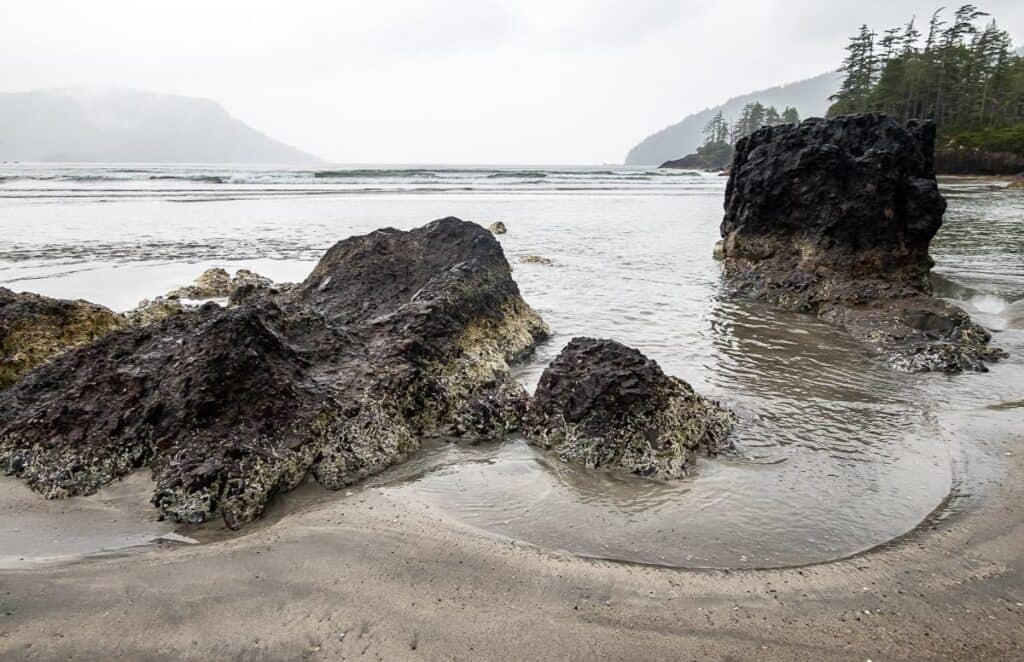

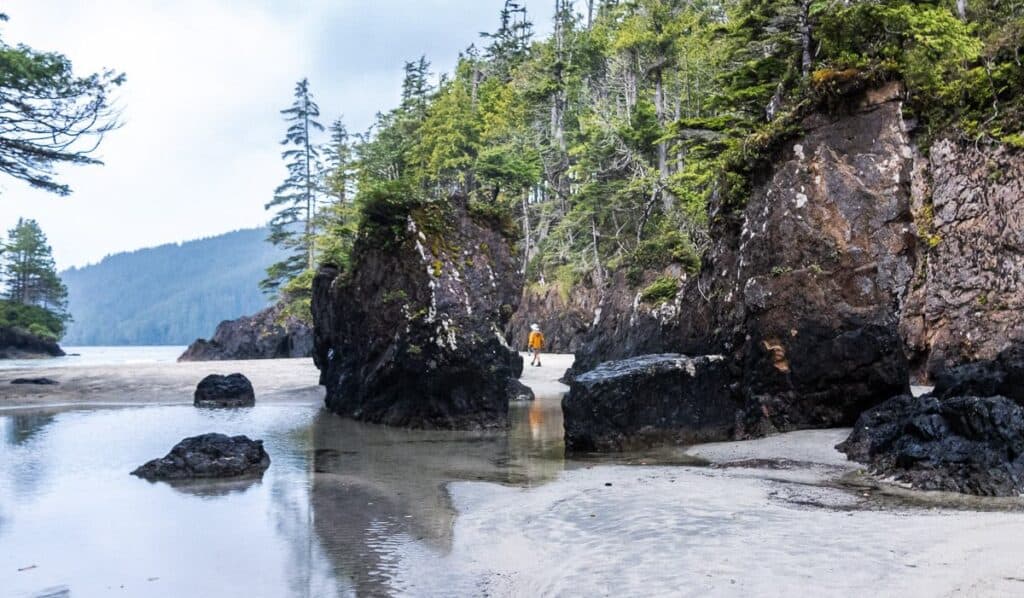

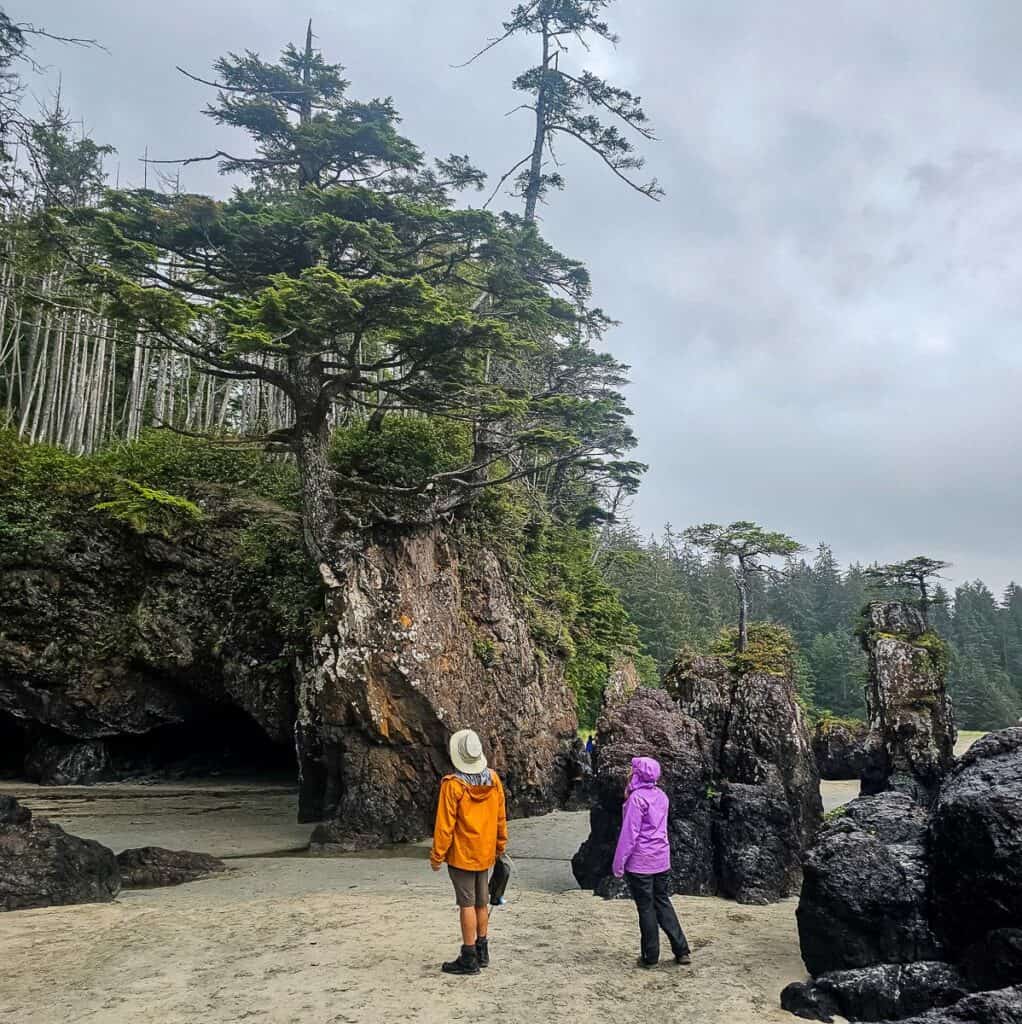



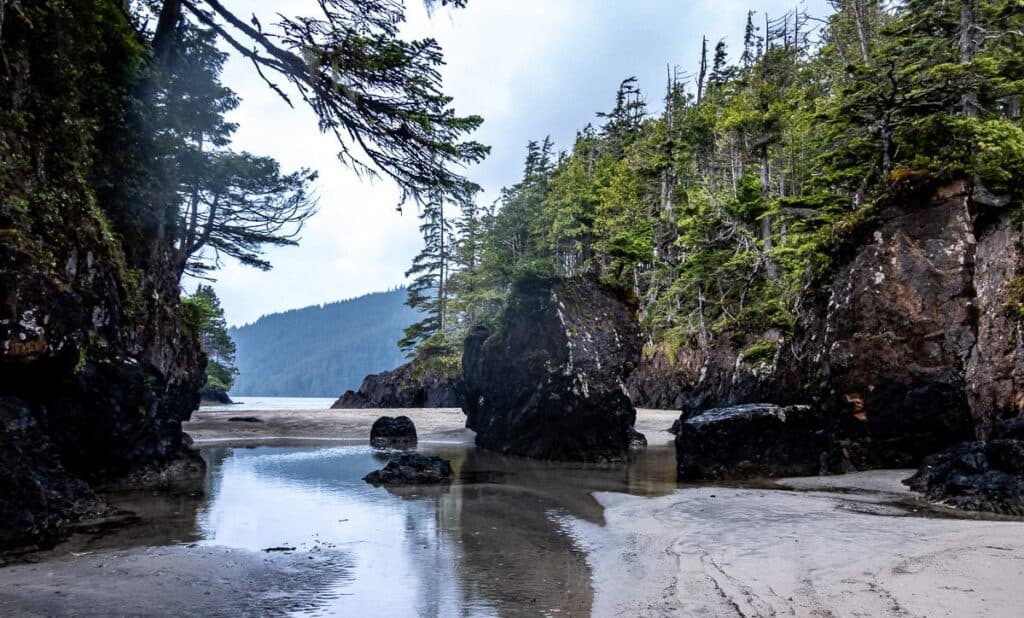

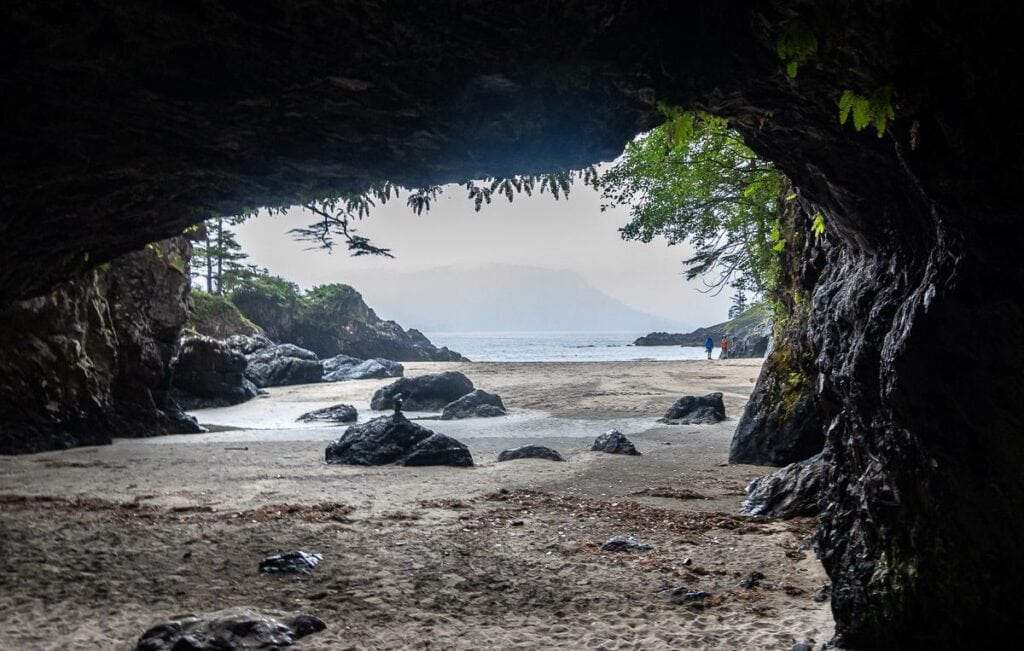

On the way out
If you're looking for a hot meal and even a warm bed after your trip to St. Joseph Bay, visit Scarlet Ibis Bar In Holberg. They promote themselves as the most isolated bar on Vancouver Island.
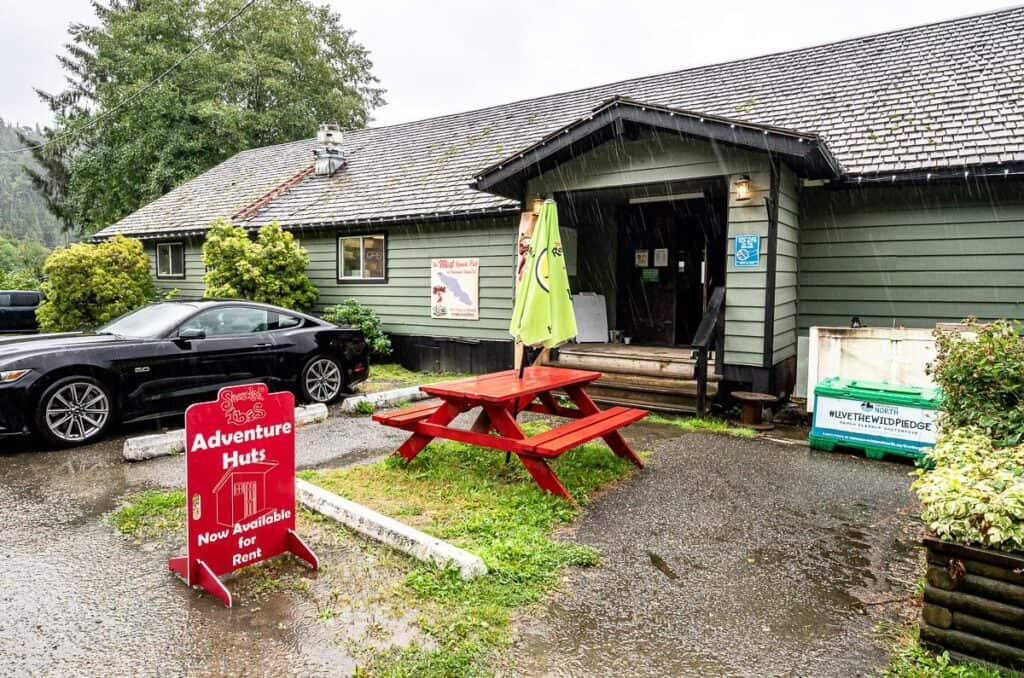

Where to stay in Port Hardy before or after a St. Joseph Bay hiking trip?
For bed and breakfast: Check out the exceptional rating.Communication House for breakfast.
For the cabin: Visit –Port Hardy Cabins– It was rated excellent. I also like it very much. Ecoscape Cabinsa few minutes drive from Port Hardy.
hostel: theNorth Coast Trail Backpackers LodgeIt was rated as very good.
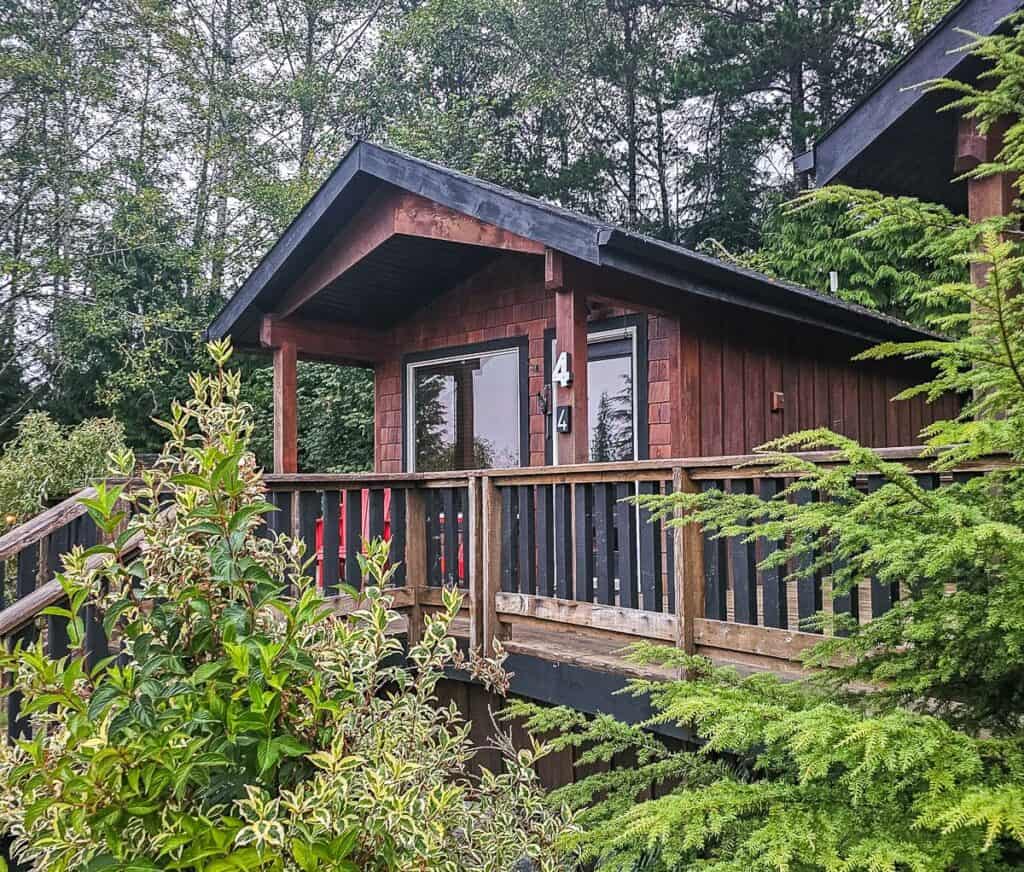

Read more about hiking and trekking on Vancouver Island.
Click on the image to bookmark it to your Pinterest boards.
